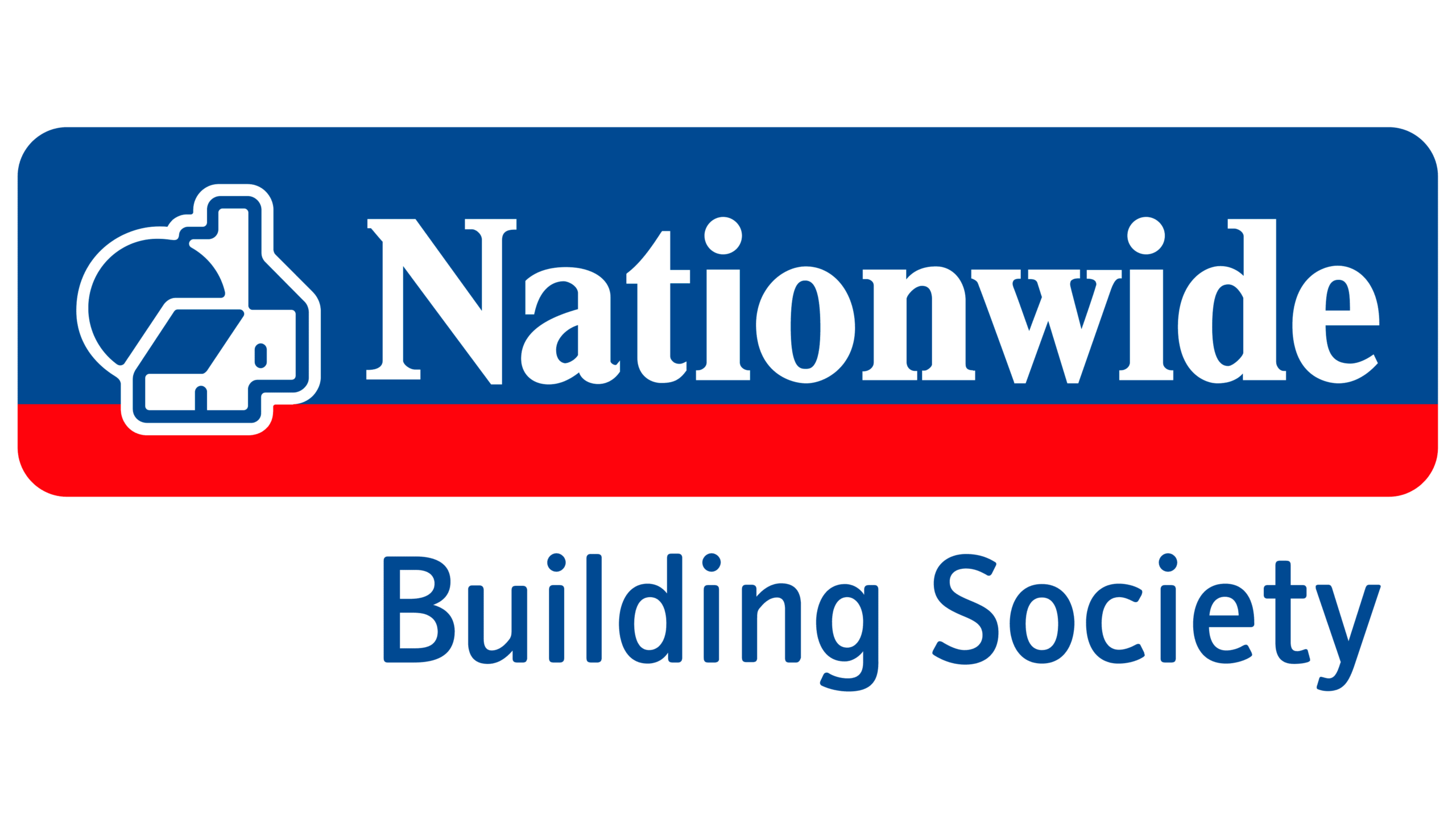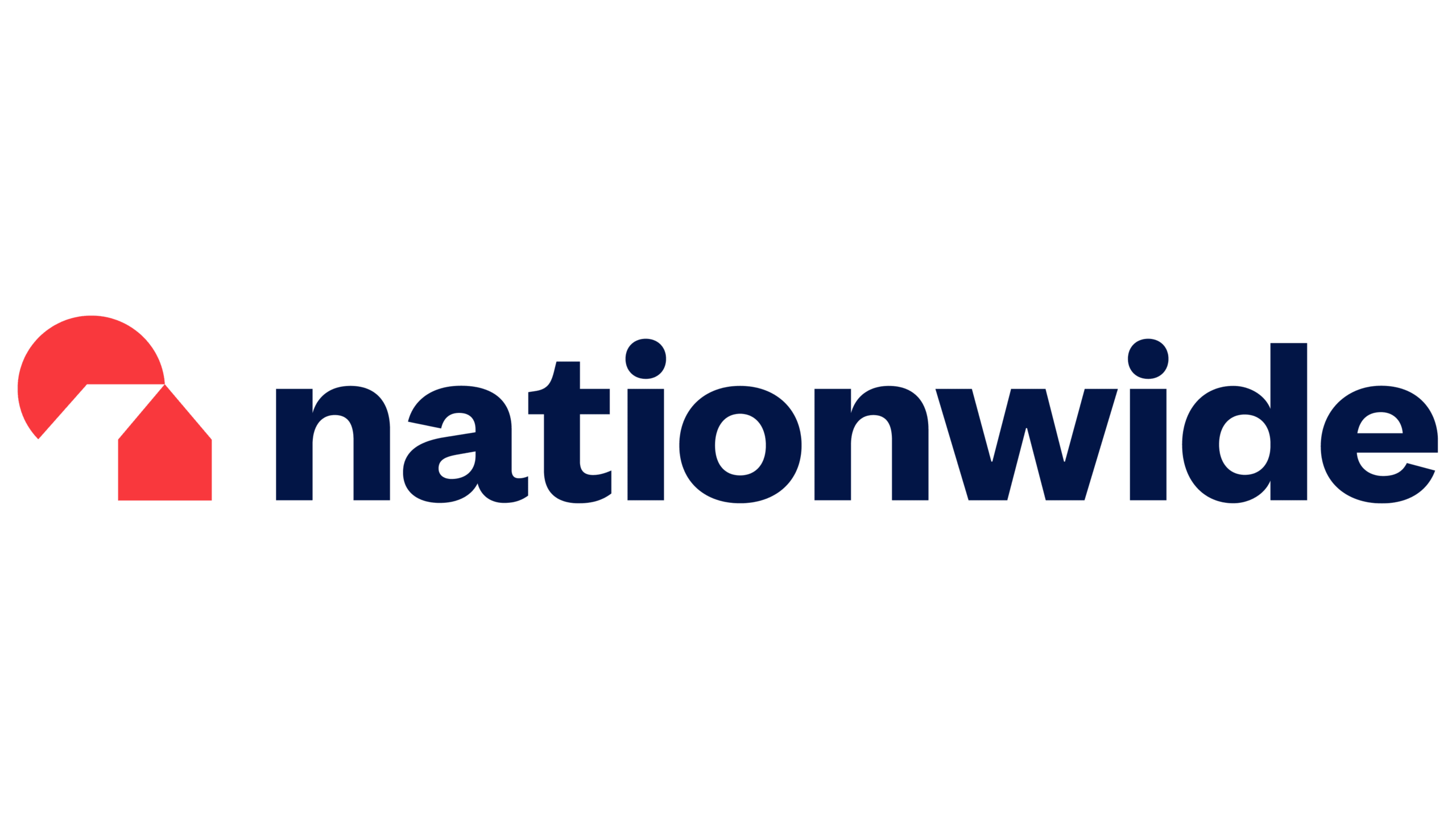What Is Rebranding?
Rebranding is often inevitable; as the business grows, there comes a point when the original image of the company no longer fits with its audience group. Beyond the visual facelift of a logo, a successful rebrand delves into the core of why change is necessary and how it aligns with evolving organisational needs, changes within the digital landscape or where acquisitions or mergers have taken place.
Rebranding With Purpose
A rebrand is more than just a cosmetic exercise. It should focus on revisiting the critical business objectives by thoroughly reviewing an organisation’s purpose, mission and values, and core audience groups.
The journey begins by questioning what the catalyst for change is. Why do we need to evolve? For example, does the business need to improve its visual perception to become more appealing to its audience? How have consumer behaviour and the landscape changed? However, in many instances, it’s about acknowledging and prioritising a more profound change and something that culturally needs to evolve within an organisation. Taking a step back to comprehend the reasons behind rebranding ensures that future actions, whether cosmetic, tonal, or strategic, are purposeful rather than impulsive.
Consider the following:
- Heritage and Future Aspiration
How has the business changed, i.e. is the rebrand a product of a merger or acquisition, and what is the trigger for change? Has there been a significant change to the organisation from a structural, cultural, or market change?
- Relevance and Audience
An increased connection to the company values by the organisation, customers and clients should reflect the overall success of a rebrand and its core benefits.
- Research and Consistency
A brand audit to include messaging, visuals and architecture. How does your brand align with your business goals? How does your visual brand stack up in the digital environment? Is your brand consistent across ALL your company channels?
Rebranding Examples
Nationwide Building Society Rebrand


Timing plays a pivotal role in the rebranding process. Significant internal or external changes often signal the ideal moment for a rebrand. For example, Nationwide’s new brand identity was launched in October 2023, as they focus on their core values proposition with a move to be a “modern and confident challenger to the big banks”.
Nationwide completed extensive research ahead of the rebrand to ensure that the proposition and positioning resonated with their existing customer base while still providing the opportunity to attract new clients, citing that consumers value their local branches and face-to-face contact. Nationwide’s new brand identity has been rolled out across its high-street locations and is part of an entire media campaign that reinforces its consumers’ views and messaging. Unveiling a rebrand that resonates with customers’ best interests will ensure Nationwide remains relevant. The rebrand also secures its position in an evolving and challenging sector alongside progressive banks like Starling and Monzo, which set the standard, urging others to adapt or risk irrelevance.
Lyle’s Golden Syrup Rebrand

In February 2024, Lyle’s stirred up controversy with their rebranding of the iconic golden syrup product range, which had previously held a Guinness World Record for the oldest unchanged brand packaging, dating back over 150 years.
The original branding represented religious connotations and included the biblical quotation “out of the strong came forth sweetness”. A rebranded image of a lion’s head with a single bee now features on a select few products, including the firm’s plastic syrup and dessert bottles.
Brand Director, James Whiteley, said the firm needed to show consumers it was moving with the times and meeting current needs. The rebranded modernises the brand and has a particular focus on removing any religious links and messages.
“Our fresh, contemporary design brings Lyle’s into the modern day, appealing to the everyday British household while still feeling nostalgic and authentically Lyle’s”.
James Whiteley, Brand, Marketing & Digital Director, Tate & Lyle Sugars
Lyle’s have refreshed their brand identity to resonate with a modern audience, but have held on to some of their key brand identifiers such as the green and gold colour palette and the lion motif. Brand recognition was crucial in this rebrand due to the strong nostalgic sentiments associated with the brand.
We spoke to Mackman’s Creative Director Bruce Burgoyne to get his thoughts on the rebrand:
“The identity has been updated in response to changes in the market and to address sensitive issues related to its previous religious connotations. However, it’s crucial to recognise that branding goes beyond just a logo and typeface; it also involves the physical aspects, such as the iconic tin packaging. There’s a risk that the essence of the brand could be lost due to the rebranding.”
Bruce Burgoyne, Creative Director
This timely rebrand represents the importance of evolving with market and consumer changes while staying true to a brand’s values and legacy.
Bringing Your Rebrand To Life
A successful rebrand should seamlessly tie your intended personality and brand perception and exceed consumer expectations. It’s a strategic overhaul that necessitates a profound understanding of an organisation’s purpose, mission, and evolving audience. Timing is essential, and adapting to market shifts ensures relevance. A rebrand is not merely a cosmetic endeavour but a purpose-driven transformation that can generate a seamless connection between an organisation and its stakeholders.
Find out more about our Brand Development expertise, and get in touch with a member of our team to discuss your project.
